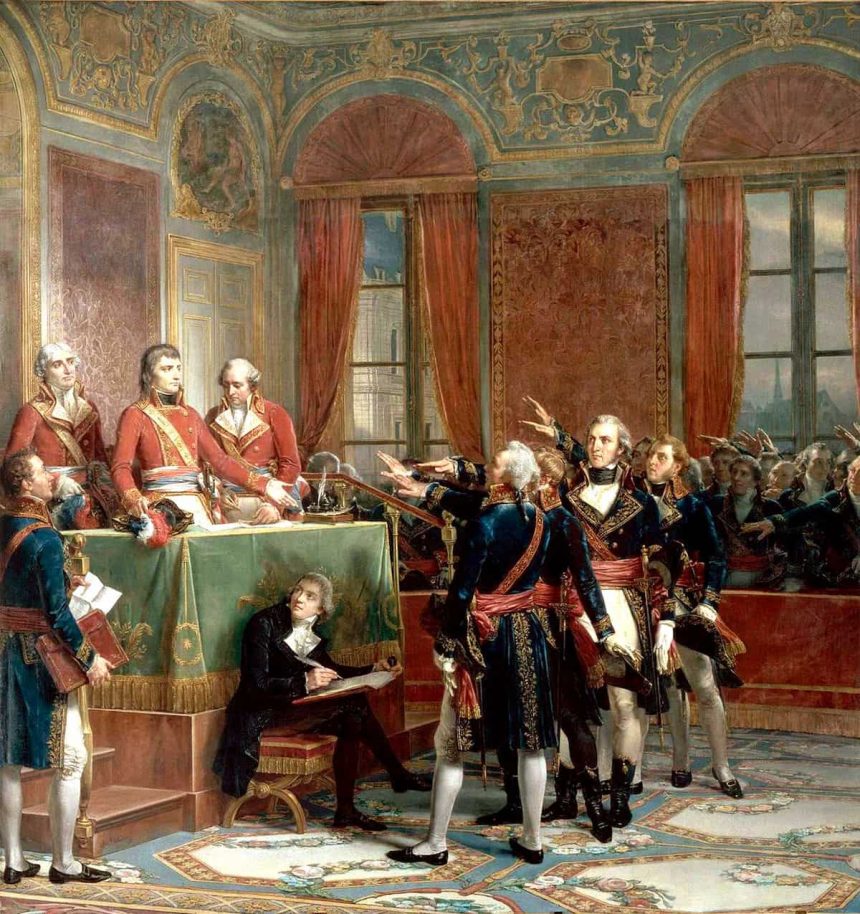The Consulate: Napoleon Bonaparte Came to Power in 1799
Following Napoleon Bonaparte's coup d'état of 18 Brumaire (November 9, 1799), France entered the Consulate. This regime was led by three consuls. Bonaparte was the first.

Following Napoleon Bonaparte's coup d'état of 18 Brumaire (November 9, 1799), France entered the Consulate. This regime was led by three consuls. Bonaparte was the first.

